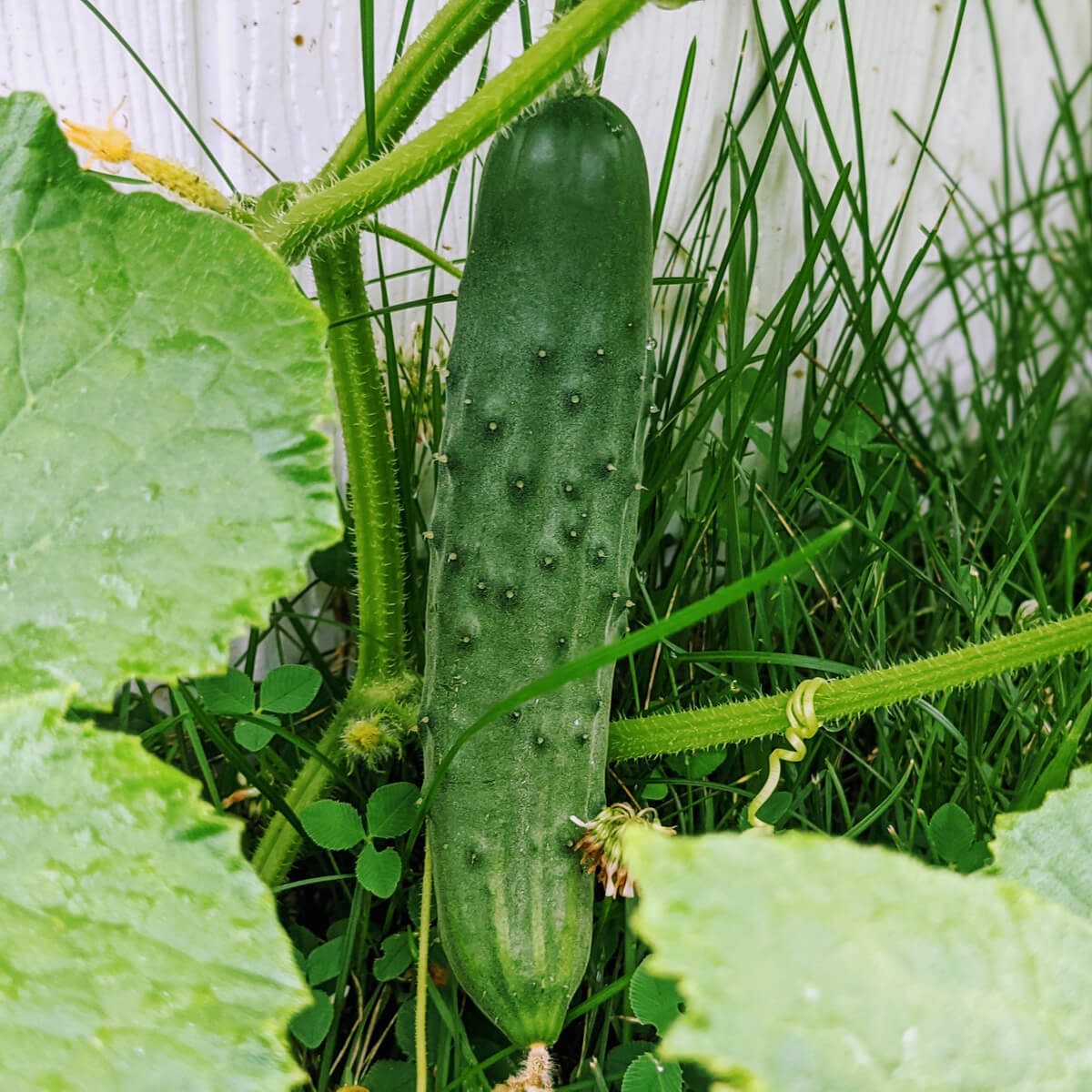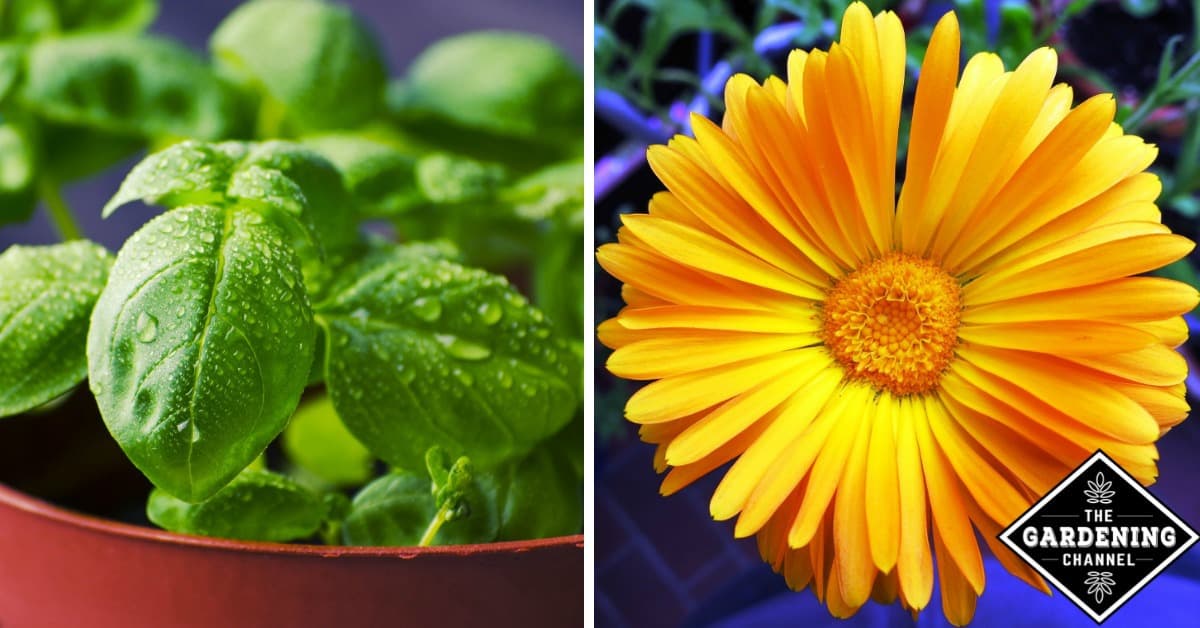Planting Partners For Vegetables: The
Planting Partners for Vegetables: The Ultimate Guide
Companion planting is the practice of planting different types of plants together in a way that benefits them all. By carefully choosing which plants to grow near each other, you can improve their growth, deter pests, and boost yields.
There are many different benefits to companion planting. Some of the most common include:
- Increased yields: Companion plants can help each other to grow better by providing nutrients, shade, or support. For example, tomatoes and basil are often planted together because basil helps to deter pests that can damage tomatoes.
- Disease and pest control: Some companion plants can help to repel pests or diseases. For example, marigolds are often planted near tomatoes to help repel nematodes, which can damage tomato roots.
- Attracting beneficial insects: Some companion plants attract beneficial insects, such as ladybugs and pollinators. These insects can help to control pests and improve pollination, which can lead to higher yields.
- Improved soil quality: Some companion plants can help to improve soil quality by fixing nitrogen, providing organic matter, or suppressing weeds.
If you're new to companion planting, it can be helpful to start with a few basic pairings. Here are some of the most popular companion plants:
- Tomatoes and basil: Basil helps to deter pests that can damage tomatoes, such as aphids and whiteflies. It also improves the flavor of tomatoes.
- Beans and corn: Beans fix nitrogen in the soil, which benefits corn. Corn provides support for climbing beans.
- Cabbage and marigolds: Marigolds help to repel cabbage moths, which can damage cabbage plants.
- Carrots and onions: Carrots and onions have different pest and disease problems, so they can help to protect each other.
- Peas and lettuce: Peas and lettuce have similar growing requirements, so they can be planted together in the same bed.
Once you've learned a few basic pairings, you can start to experiment with other combinations. There are many resources available to help you find more information about companion planting. You can find books, websites, and even apps that can help you to choose the right plants for your garden.
Here are some additional tips for companion planting:
- Consider the plants' growing requirements. Some plants need full sun, while others prefer partial shade. Some plants need moist soil, while others prefer drier conditions. Make sure to plant your companion plants in conditions that are suitable for both of them.
- Plant taller plants in the back of your garden, and shorter plants in the front. This will help to create a more balanced and attractive garden, and it will also help to prevent taller plants from shading out shorter plants.
- Group plants with similar water needs together. This will help you to save time and water when watering your garden.
- Rotate your crops each year. This will help to prevent the buildup of pests and diseases.
With a little planning, you can use companion planting to create a healthy and productive vegetable garden. So get out there and start planting!
Do you want to grow a healthy and bountiful vegetable garden? If so, you'll want to consider planting companion plants. Companion planting is the practice of planting certain vegetables together in order to benefit each other. Some companion plants attract beneficial insects, while others deter pests. Some improve the soil quality, while others help to extend the growing season.
If you're not sure which vegetables to plant together, there are plenty of resources available to help you. One great place to start is Gardenia Inspiration. This website has a comprehensive companion planting chart that lists which vegetables are good to plant together, and which ones should be avoided.
In addition to providing information about companion planting, Gardenia Inspiration also offers a variety of other gardening resources, such as articles on plant care, gardening tips, and recipes. So whether you're a beginner or a seasoned gardener, Gardenia Inspiration is a great resource for all things gardening.
FAQ of planting partners for vegetables
What are companion plants?
Companion plants are vegetables or flowers that are planted together because they benefit each other in some way. For example, some companion plants attract beneficial insects that help to control pests, while others improve the soil quality or deter diseases.
What are the benefits of companion planting?
There are many benefits to companion planting, including:
- Increased yields: Companion plants can help to increase the yield of your vegetables by attracting beneficial insects, improving soil quality, and deterring pests and diseases.
- Reduced pest and disease problems: Companion plants can help to reduce the incidence of pests and diseases by attracting beneficial insects, providing habitat for predators, and discouraging pests from setting up shop in your garden.
- Improved soil quality: Companion plants can help to improve the soil quality by adding nutrients, breaking down organic matter, and suppressing weeds.
- Enhanced pollination: Some companion plants can help to improve pollination by attracting pollinators such as bees and butterflies.
- Visual appeal: Companion planting can also add visual appeal to your garden by creating a more interesting and colorful landscape.
What are some good companion plants for vegetables?
There are many different companion plants that can be paired with vegetables, but some of the most common and beneficial combinations include:
- Beans and corn: Beans fix nitrogen in the soil, which benefits corn. Corn provides support for climbing beans.
- Carrots and onions: Onions deter carrot flies, which can damage carrots. Carrots help to suppress weeds that compete with onions.
- Cucumbers and marigolds: Marigolds repel cucumber beetles, which can damage cucumbers. Cucumbers provide shade for marigolds, which can help to prevent them from wilting in hot weather.
- Lettuce and tomatoes: Lettuce helps to suppress weeds that compete with tomatoes. Tomatoes provide shade for lettuce, which can help to prevent it from bolting in hot weather.
- Peas and peppers: Peas fix nitrogen in the soil, which benefits peppers. Peppers deter aphids, which can damage peas.
How close should companion plants be planted?
The ideal spacing for companion plants will vary depending on the specific plants involved, but as a general rule of thumb, companion plants should be planted within two or three rows of each other. This will allow them to benefit from each other's presence while still giving them enough space to grow and thrive.
Image of planting partners for vegetables
- Carrots and onions. Carrots and onions are both root vegetables that grow well together. The onions help to repel carrot fly, while the carrots help to keep the onions from bolting.

- Beans and peas. Beans and peas are both legumes that fix nitrogen in the soil, which can benefit other plants in the garden. They also provide shade for the soil, which can help to suppress weeds.
- Lettuce and tomatoes. Lettuce and tomatoes are both cool-season crops that can be planted together. The lettuce helps to suppress weeds and keep the soil moist, while the tomatoes provide support for the lettuce.

- Cucumbers and melons. Cucumbers and melons are both warm-season crops that can be planted together. They both need full sun and well-drained soil.

- Herbs and flowers. Herbs and flowers can be planted together to attract pollinators and add beauty to the garden. Some good herb and flower pairings include:

Post a Comment for "Planting Partners For Vegetables: The"